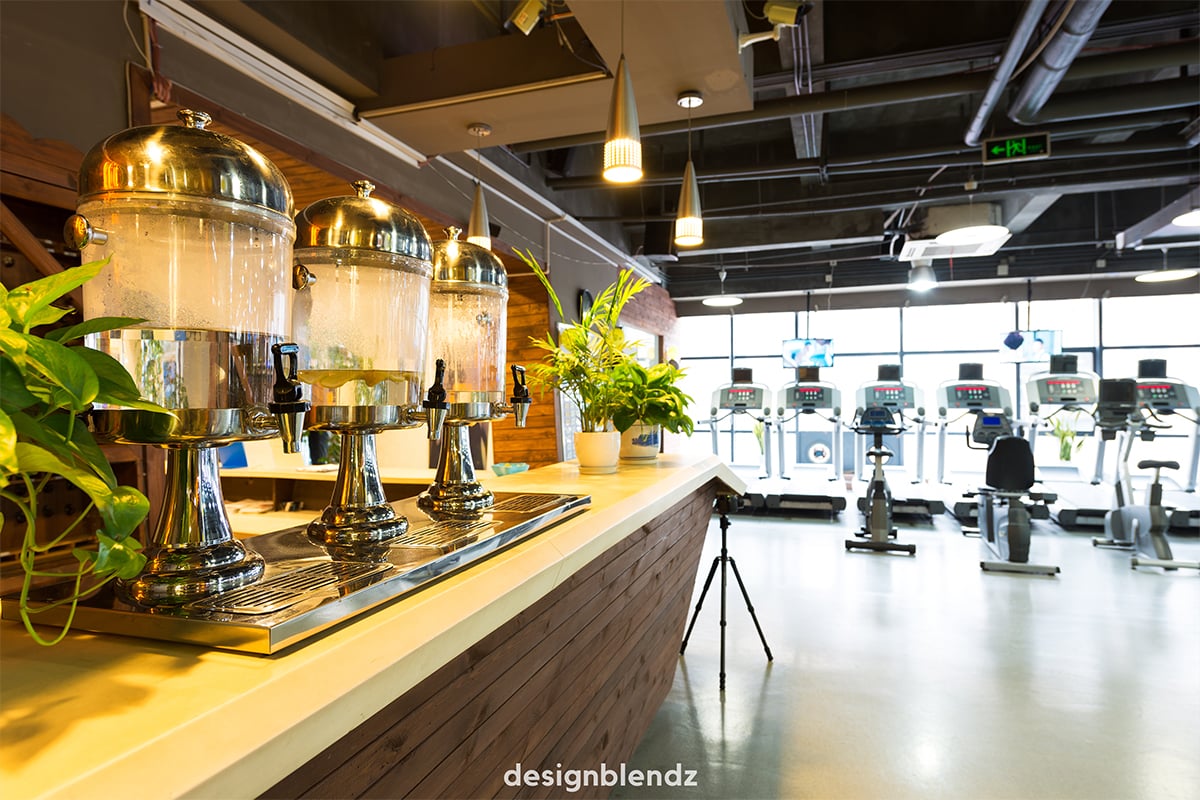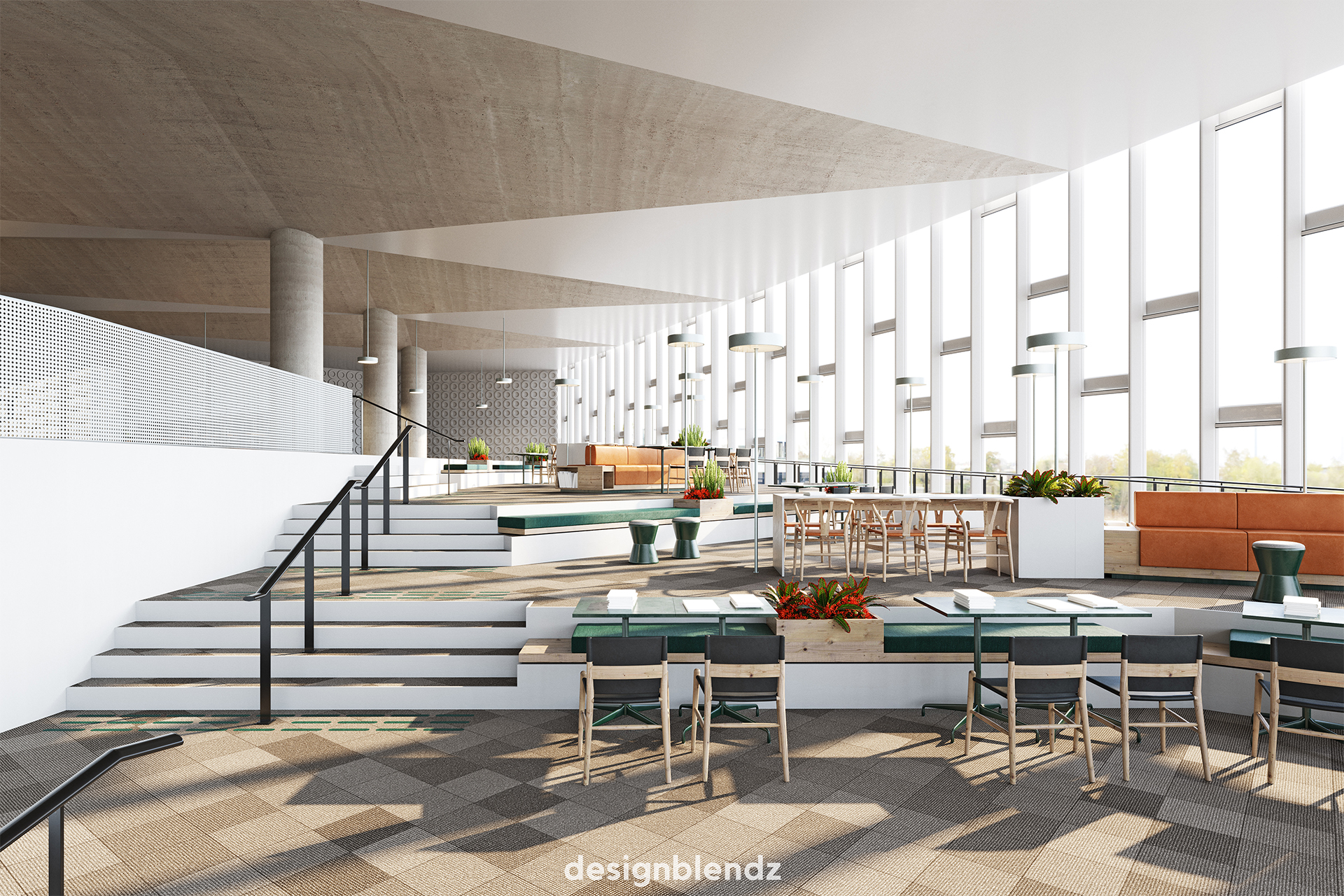With the continued concern of the earth warming up and sea levels rising, professionals in all industries have been making changes in their work in an effort to slow the progression. Architects are responsible for the structures that make up a large portion of our environment, making them one of the main contributors to the world’s carbon footprint. The American Institute of Architects took action against this in 1990 when they formed their Committee on the Environment (COTE). The goal of the committee is to promote a sustainable future through design strategies and encourage members to strive for the best environmental outcomes in all communities they serve. As concerns from climate scientists have continued to gain momentum over the past few decades, the mission of COTE has become more prominent as well. Some of the strategies that the committee emphasizes are designing new buildings to be more energy-efficient, as well as taking advantage of existing structures through renovation, restoration, or adaptive reuse.
In her research article, The Greenest Building (is the one that you don’t build!): Effective Techniques for Sustainable Adaptive Reuse/Renovation, Barbara J. Thornton shares useful arguments that architects, trustees, or institution managers may use to convince others to fund the environmentally-conscious reuse of an existing building. Some of Thornton’s arguments include: adaptive reuse is cost-effective, reuse can save a ton of energy, additions to existing facilities create opportunities for efficiency, existing materials often are of higher quality, and that new technologies allow for more sustainable renovations. She closes her research with an eye-opening analogy:
“Older leather shoes of high quality often have expenses- frequent shining, re-soling, new laces. But there are off-setting advantages as well. They are “broken-in” and feel good, will last a long time, are often very attractive, and frequently can no longer be replaced with equal quality for the same price.
Renovated older buildings are much the same——they have maintenance costs and require annual attention. However, they are frequently beloved landmarks in a community, last for generations, are often beautifully designed, and cannot be replaced with the construction of comparable quality today for anything close to a reasonable price.” (Thornton, 7).
Thornton’s analogy reinforces the idea that making use of an old building is not just environmentally friendly, but also a treasure bearing high-quality materials and historic, time-influenced design. Looking at buildings the way we look at a pair of shoes puts into perspective the glamor and value of reusing something old or worn-in. In the fashion industry, with the rise of concern about climate change has come the trend of sustainable wardrobes. Thrifting, DIY clothes projects and the return of old fashion trends continue to rise in popularity around the world; proving that people appreciate the reuse of classic items, and are attracted to sustainability.
Different types of restoration/reuse:
Preservation: Seeks to preserve, conserve, and protect all historic fabrics. Preservation holds a high premium on retention.
Rehabilitation (Adaptive reuse): Focus on retention and repair of historic buildings, but also acknowledges the need to alter and add to a historic building due to deterioration.
Reconstruction: This allows the opportunity to re-create a non-surviving portion of the building or site with new materials.Restoration: Focuses on retention of materials from a particular time in the building’s history. While removing materials from other time periods.
Source: (Carbonarchitects.us/post/2018/08/15/Restoration-Vs-Adaptive-Reuse)
212 Catharine Street: A Designblendz Restoration Project
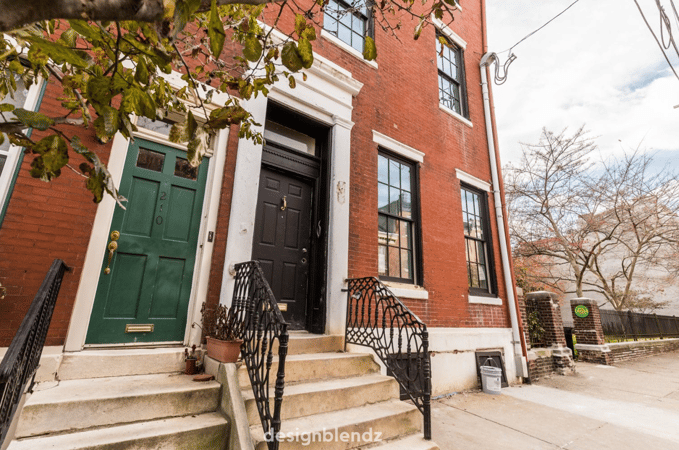
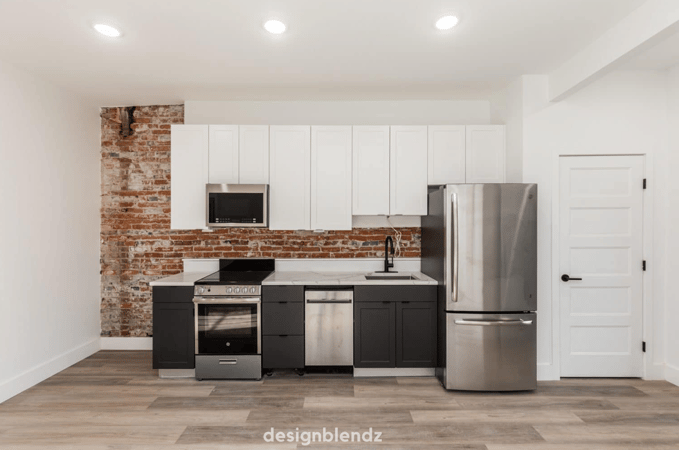
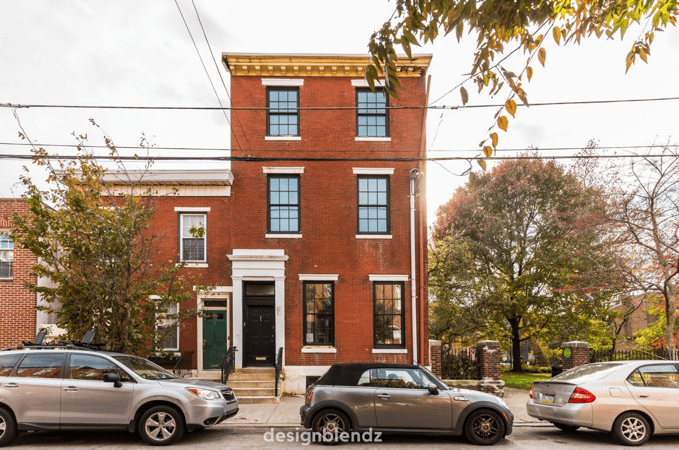
212 Catharine Street was a restoration project completed by the Designblendz architecture team last year. The building was originally built in 1915 and it is a multi-family building with 7-units, all featuring the beautiful exposed brick. Projects like this have so much character and charm.
900 N 63rd Overbrook Gardens: A Designblendz Restoration Project
Read our blog about the challenges architects faced in this unique restoration project.
Any method of reusing a building promotes sustainability and preserves history, when it comes down to choosing one it is purely based on the vision of the project’s team. While using new technology and materials to build new construction may give architects the opportunity to create an environmentally-friendly structure, reuse and restoration will ultimately be the more “green” choice due to the dramatic difference in carbon usage. In all industries, fashion and architecture alike, designers are tasked with creating the path to a more sustainable future. And as consumers, we must find the beauty in our history and attempt to bring it back to life instead of replacing it with something new.
If you are looking to start an adaptive reuse/restoration project, or have questions about our other design services- contact us; let’s work together!


